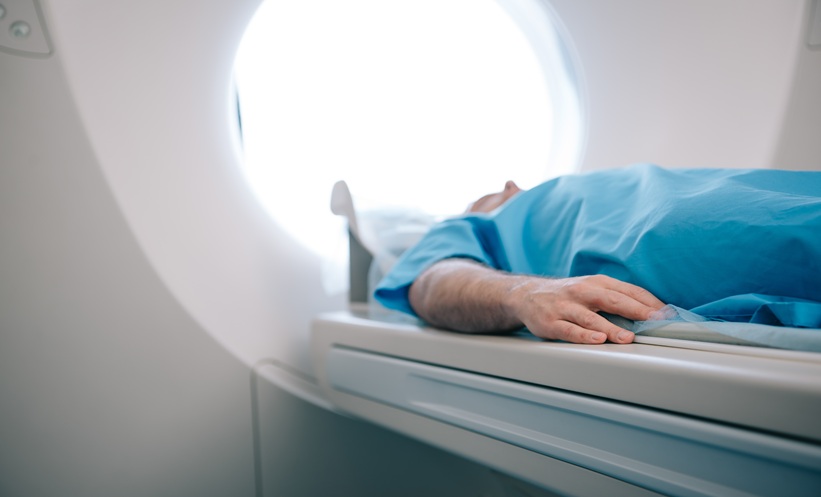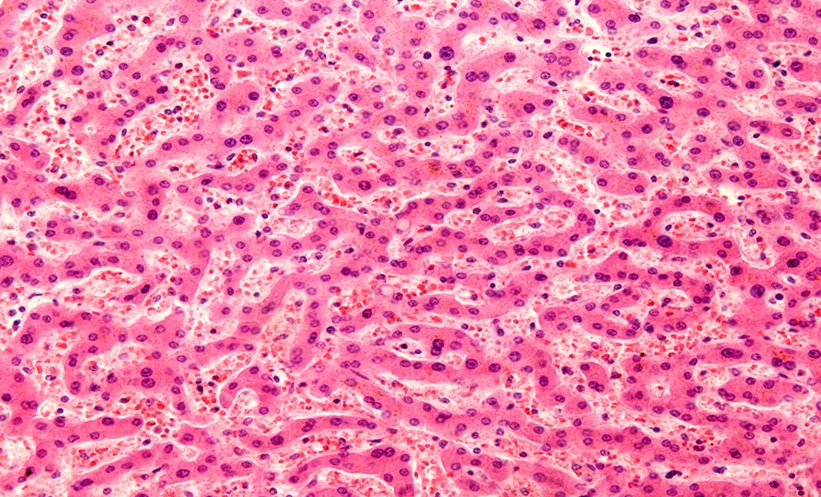HIGHER triglyceride levels have been linked with incidence of moderately severe and severe acute pancreatitis in non-alcoholic fatty liver disease (NAFLD). The complications of this hypertriglyceridaemia included organ failure and acute peripancreatic fluid collection, in a retrospective study conducted by investigators at Northern Jiangsu People’s Hospital, China.
Elevated serum triglyceride levels were associated with exacerbated severity of acute pancreatitis, and risk for related complications. This relationship was assessed in 598 adults (mean age: 46.1 years; 64.7% male), all of whom were hospitalised with NAFLD between 2016–2020. Based on Atlanta classification, 49.2% of patients had moderately severe acute pancreatitis, 45.7% had mild, and 5.2% had severe cases of the disease. Patients were grouped by serum triglyceride levels, identifying 433 with hypertriglyceridaemia, and 165 with non-hypertriglyceridaemia. Hyperlipidaemia was defined as serum triglyceride levels of at least 1.7 mmol/L, and this ranged from mild (1.7–2.3 mmol/L) to moderate (2.3–11.2 mmol/L), severe (11.2–22.4 mmol/L), and very severe (≥22.4 mmol/L).
Patients in the hypertriglyceridaemia group presented with significantly higher BMI (26.8 versus 25.4), and waist circumference (90.8 versus 86.7 cm), compared with those in the non-hypertriglyceridaemia group. Incidence of moderately severe (50.3% versus 46.1%) and severe acute pancreatitis (6.5% versus 1.8%) was also significantly higher in the hypertriglyceridaemia group, alongside a higher incidence of persistent organ failure (6.5% versus 1.8%), and especially persistent respiratory failure (5.3% versus 1.2%). The high triglyceride group was more likely to experience local complications, including acute peripancreatic fluid collection (52.2% versus 42.2%).
Multivariate logistic regression analysis on independent risk factors for acute peripancreatic fluid collection included BMI (odds ratio [OR]: 0.947; 95% confidence interval [CI]: 0.906–0.990), serum triglyceride (OR: 1.017; 95% CI: 1.007–1.028), and acute pancreatitis recurrence (≥2 times; OR: 1.702; 95% CI: 1.030–2.813), as well as moderate (OR: 2.353; 95% CI: 1.280–4.323), and severe (OR: 3.252; 95% CI: 1.623–6.516) NAFLD.
Researchers in the current study were able to conclude that the risk for acute peripancreatic fluid collection was 2.353 and 3.252 times higher among patients with moderate and severe NAFLD, respectively, compared with those with mild NAFLD. This investigation is eye-opening for clinicians, and is expected to shape their practice and decision-making, highlighting a serious contribution from hypertriglyceridaemia.








